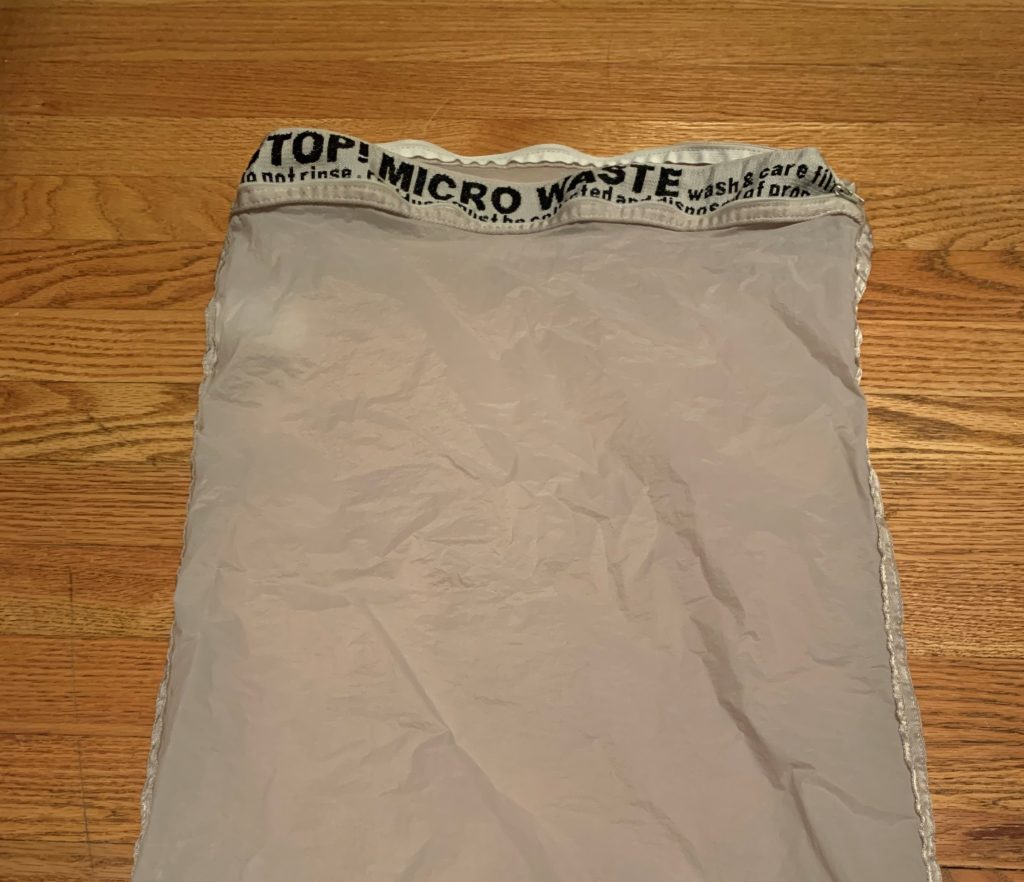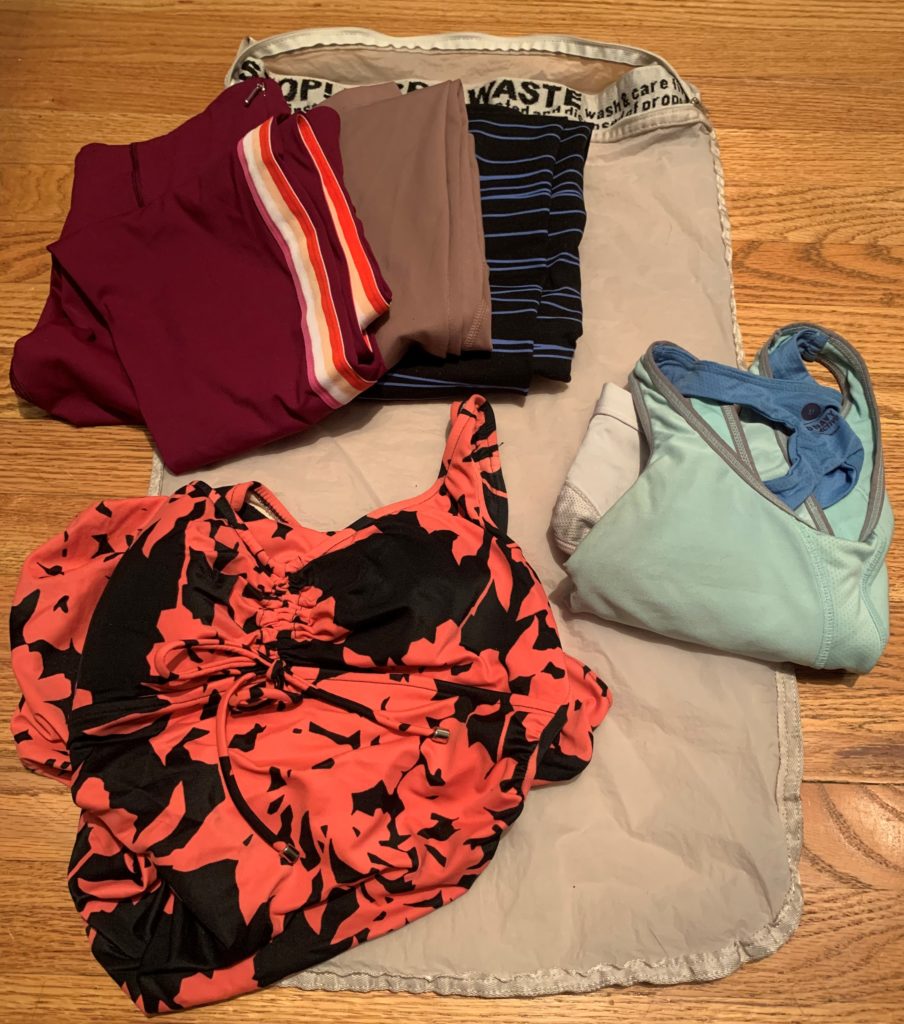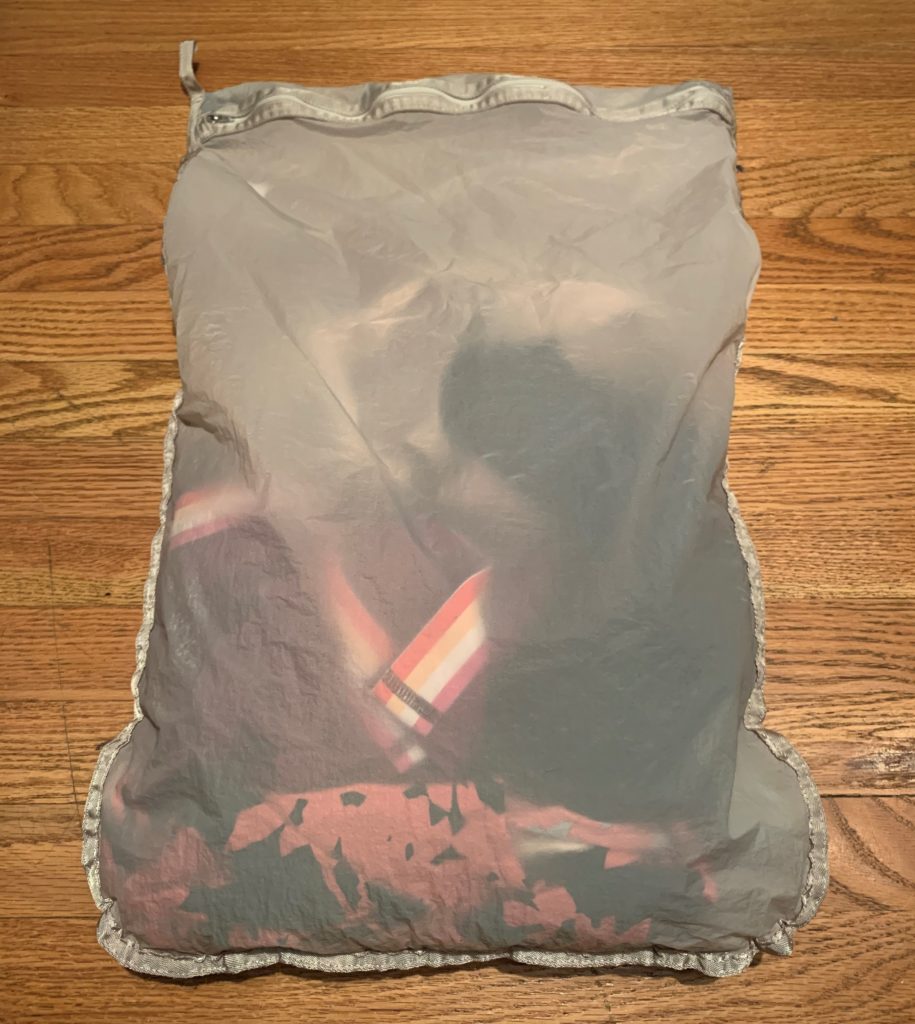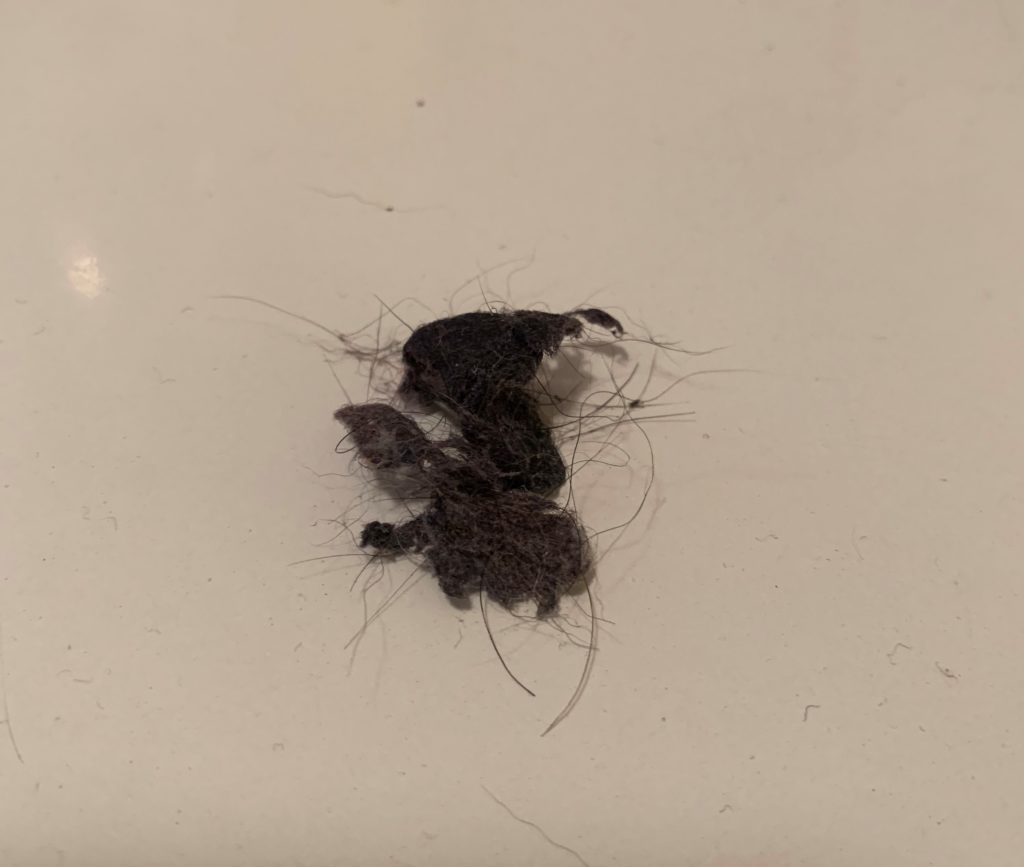This week’s Clothes to Dye For post is written by guest writer, Elizabeth Brammer, who talks about cleaning and microplastics! Welcome to the blog Liz!
Plastic pollution in the world’s water is a huge environmental problem, and a large part of that stems from the fashion industry. Most people have seen images of the trash island floating in the Pacific Ocean, of beaches strewn with refuse, of sea animals impacted by debris. A more hidden side of the issue is too small to capture on film, but accounts for an even larger percentage of the issue than the visible: microplastics.
Because plastic does not biodegrade, particles of plastic simply get smaller and smaller, but do not disappear. Microplastics are those bits that are less than 5mm across. They float in the air and also get into the water. These particles are ingested or absorbed directly from the air and water by animals and humans, with humans getting a second dose if and when they ingest the products and byproducts of animals (who have themselves ingested microplastic).
Recent studies estimate that 60% of microplastic found in fresh water come from tiny pieces of plastic released during the process of washing synthetic fiber clothing and home goods. Much of these laundry-originated microplastics eventually reach the ocean.
Why the wash?
When garments are tumbled together in a washing machine, tiny fibers are released. The filters on standard washing machines do not offer filtration fine enough to capture the tiniest small particles, so they leave washing machines and enter waterways via wastewater. Microbes are able to digest the particles from natural fibers, but not microplastics. The released microplastics come not only from fully synthetic material, but also from natural/synthetic blends. Synthetic fabrics include polyester, nylon, acrylic, and blends include polyester/cotton, elastane/cotton, wool/polyester. Unless you are washing natural fiber materials (100% cotton, linen, wool, silk, etc), the washing process releases microplastics from your clothes.
What’s a person to do to minimize their release of microplastics into water? Blended and synthetic fabrics and synthetic blends are pervasive, as well as inexpensive. However, there is something you can do!
Consider the Guppyfriend Washing Bag
This is a fine mesh garment bag into which you can put your synthetic laundry, and then pop the bag into the washing machine. Having your items in the bag causes your fabrics to shed less overall, and the tiny pores of the bag are sufficient to capture microplastics the standard washing machine filter does not. After a few washes you can collect the small visible balls of microplastic lint, and dispose of them in a responsible way (aka – not the water).
The bag itself (except the zipper) is recyclable. Currently it comes in only one size, and the manufacturer suggests filling it up to 2/3 full for optimal use. You can put it in the machine with other loose garments, however, don’t put it in the dryer.

Guppyfriend is manufactured by an organization called Stop! Micro Waste (www.stopmicrowaste.com) and profits are reinvested in further activities to inform people about the microplastic problem. You can find many more details on the Guppyfriend website, www.guppyfriend.com, and buy one there for yourself. It’s also available at REI and Patagonia.
My Experience:
I use mine whenever I do a load of clothes, especially athletic wear.

I’m able to fill it up 2/3 of the way, zip it shut, and fill the rest of the washing machine with natural fiber items.

After washing I empty the Guppyfriend, putting all the freshly washed clothes into the dryer without the bag.
After a few washes, I was able to gather the small bundle of lint and dispose of it. It takes a little while to identify a lint bundle because the plastics you’re gather are so tiny – but you’ll get there.

Thanks for reading! Next week we’ll look at more ways you can reduce microplastics from laundering.
A few references:
Study on Washing Machine Type: https://pubs.acs.org/doi/abs/10.1021/acs.est.6b03045?journalCode=esthag
% of Microplastics in Fresh Water: https://www.scientificamerican.com/podcast/episode/microplastics-in-fresh-water-are-mostly-laundry-lint/